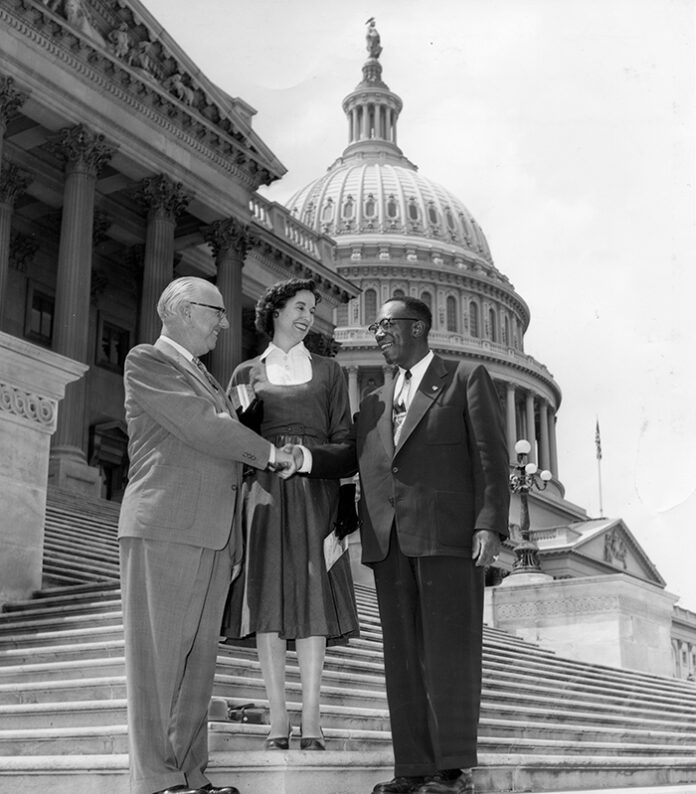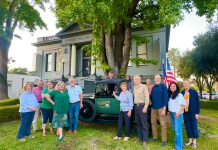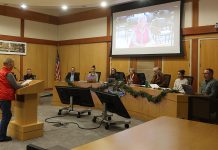
The City of Healdsburg, at their Monday Feb. 6 city council meeting, issued a proclamation declaring February as Black History Month in the city, among other reasons because “Black history is American history, and Black History Month is a time where all citizens are encouraged to reflect on the past successes and challenges of Black communities and to look to the future to ensure freedom, equity and inclusiveness,” read Councilmember Evelyn Mitchell from the city’s proclamation at the meeting.
First-term Councilmember Ron Edwards, who is Black, addressed the recognition in the Feb. 6 city council meeting. “I have been here for 30 years, and Healdsburg has been an accepting town all the way back to when Smith Robinson’s family arrived here fleeing from Georgia in 1903. Healdsburg welcomed this family into town when (other) local cities banned African Americans from being here,” said Edwards.
Robinson was one of the local hospital’s longtime employees, and widely engaged in the community as a coach, choir leader and mentor. During both World War II and the Korean War, he led community goodwill efforts to support local troops overseas. The high school’s gymnasium is named after him.
The teaching of Black history in schools is making headlines in other states for all the wrong reasons, but in California, in places like Healdsburg, there are signs of continued acceptance and respect for Black culture, history and its value as part of the wider American story.
The connection of education with Black history is unavoidable. It was a teacher and educator, Carter G. Woodson, who was one of the first to write about the story of Black men and women in American history.
“Woodson believed that the white-dominated historical profession had little interest in Black history,” observes an NAACP biography about Woodson. He saw African-American contributions “overlooked, ignored, and even suppressed by the writers of history textbooks and the teachers who use them.”
In 1926, he pushed for a Negro History Week in the second week of February—to coincide with both George Washington’s and Frederick Douglass’ birthdays. Fifty years later, Gerald Ford was the first president to recognize Black History Month during the country’s bicentennial year, 1976.
Appropriately, the second in the city’s series of four Diversity, Equity and Inclusion “Encuentros” (conversations) will be titled “Is the Dream Alive?” and focus on the topic of contemporary and historical experiences of the African American community in Healdsburg and Sonoma County. It will take place on Thursday, Feb. 23, in the Healdsburg Community Center’s multi-purpose room from 6:30-8:30pm. All are welcome; language interpretation, childcare and light refreshments will be provided.
The county’s library system, one of the cornerstones of public education, is doing their part by showcasing African music and arts with percussionist Baba Shibambo at several regional libraries, including in Healdsburg on Feb. 11. The 11am interactive program will introduce the cultural traditions of South Africa though Indigenous music and story-telling, and participants will have the chance to play traditional African instruments such as djembes, marimas and shekeres.
The following weekend, on Feb. 18, Shibambo will share his interactive program at the Northwest Library at Coddingtown Center at 11am, and again the same day at 2pm at the Sonoma Valley branch (755 W. Napa St., Sonoma).
Additionally, extensive reading lists for all age groups for Black History Month can be found online at sonomalibrary.org/BlackHistoryMonth.








